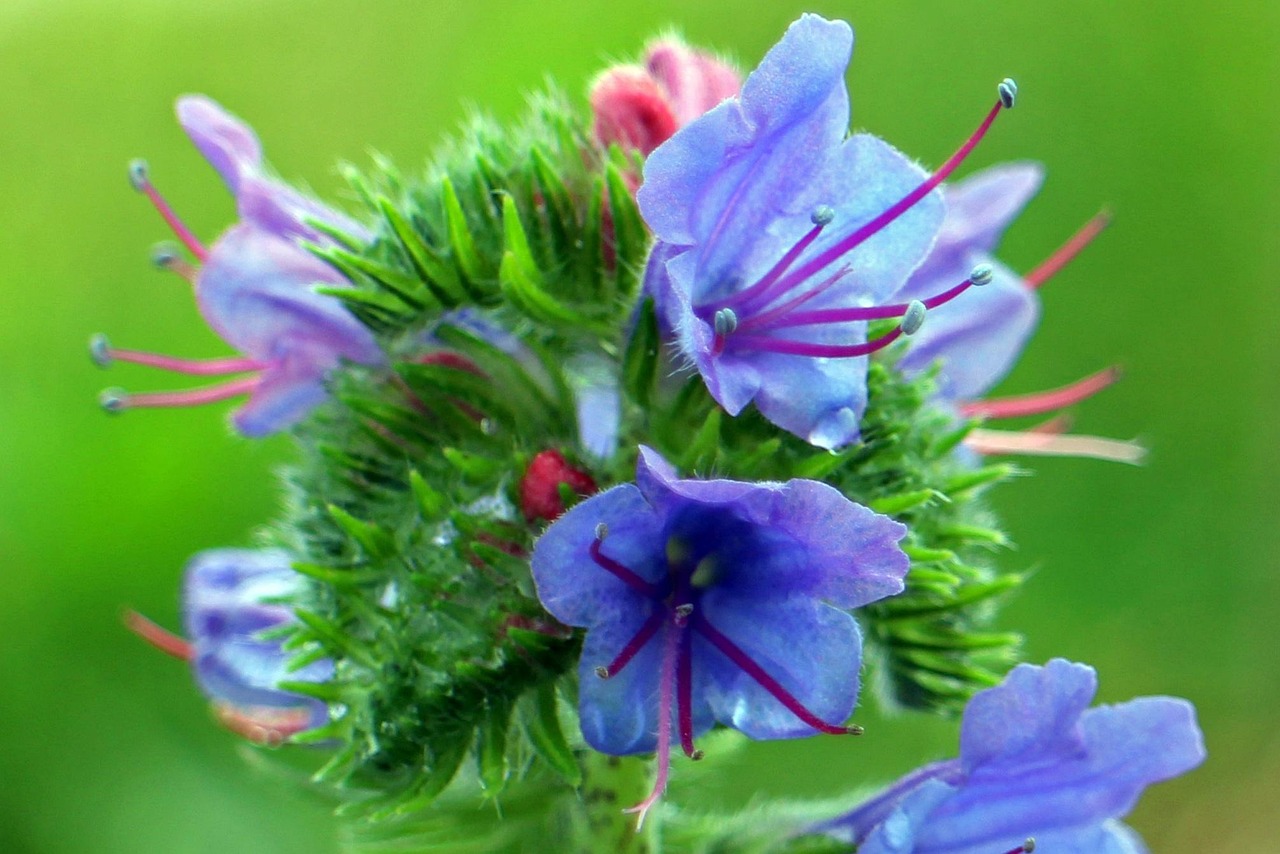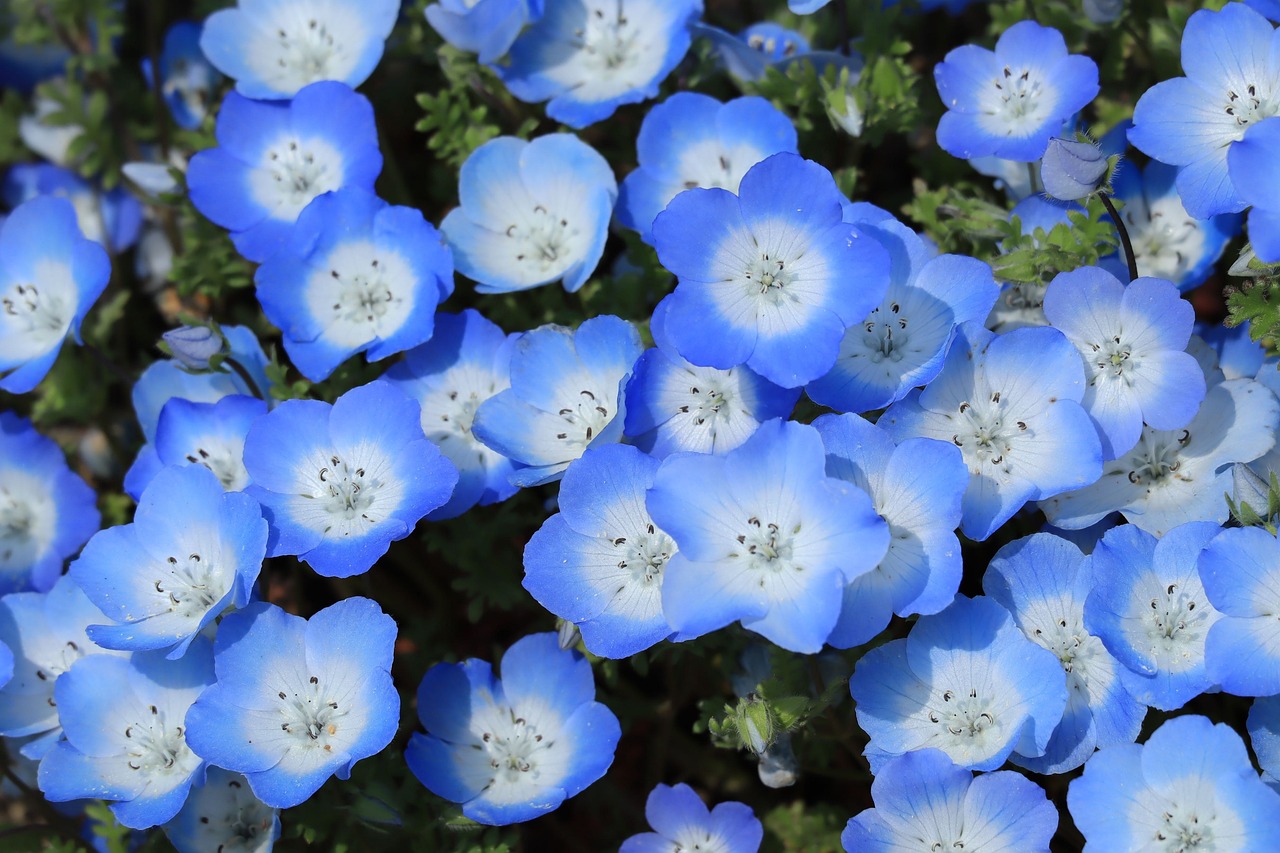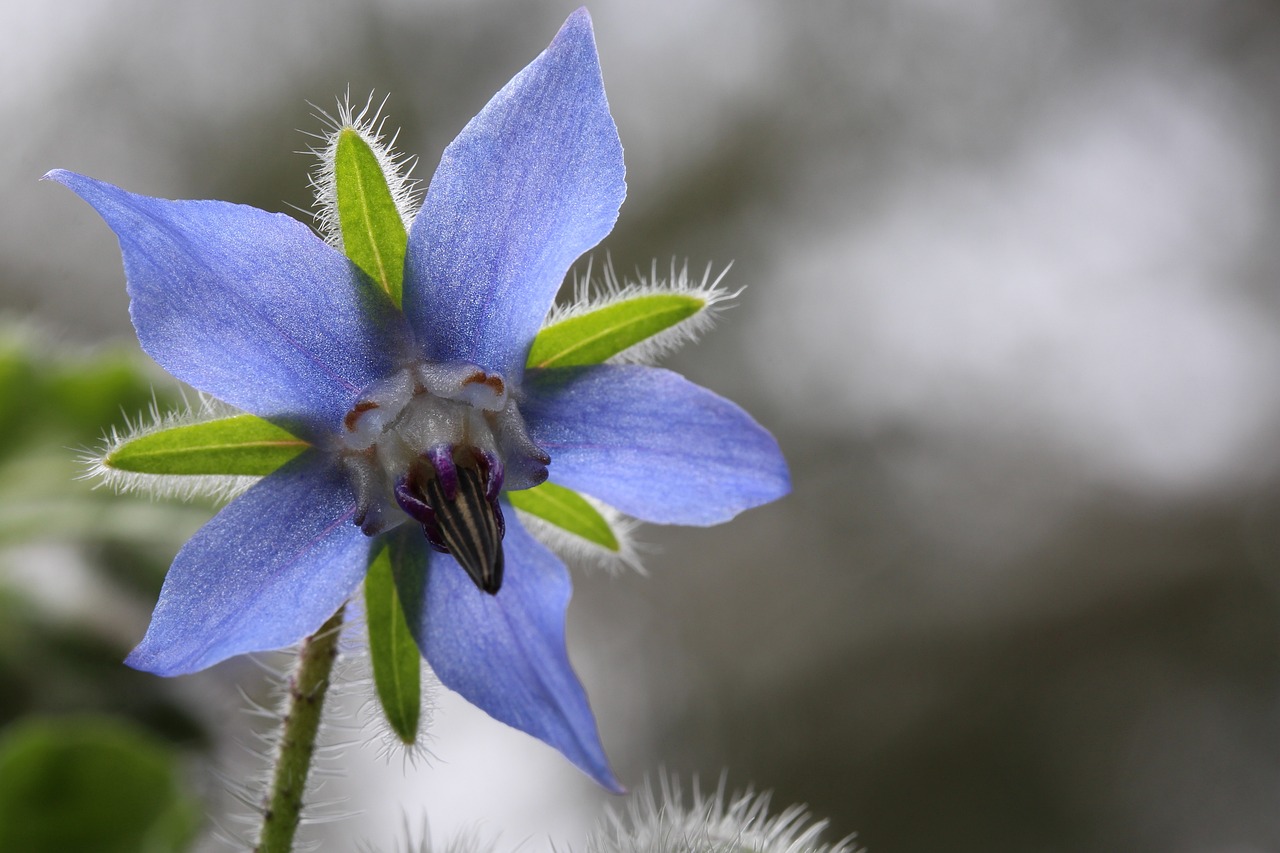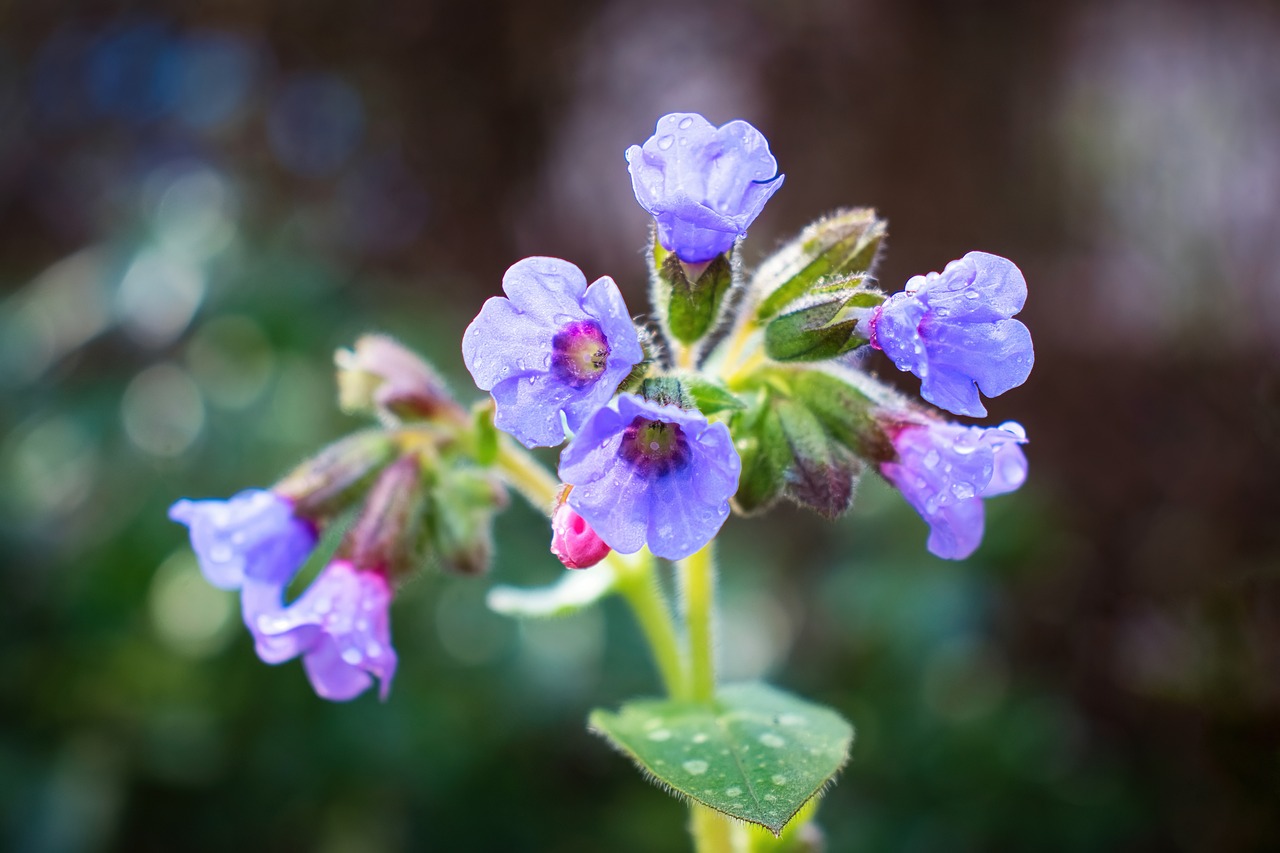Alkanet | A Flower of Prayer Blooming in the Monastic Gardens of Medieval Europe
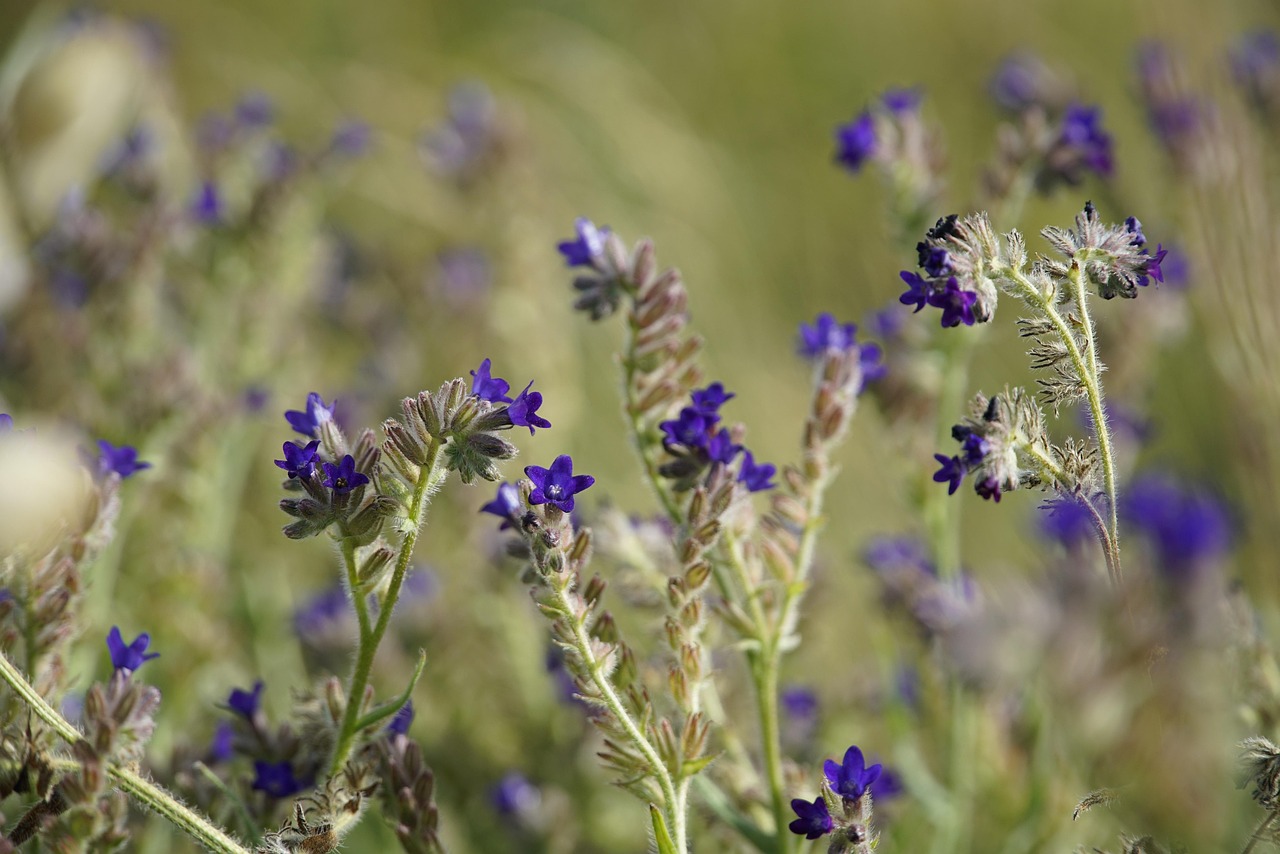
Alkanet is a perennial herb of the borage family, distinguished by its star-shaped, blue-violet flowers.
It harmonizes beautifully with naturalistic gardens and has been cherished in Europe as a garden plant since ancient times. From the monastic gardens of the Middle Ages to the natural gardens of the 18th century, it has established a firm place within the history of horticultural culture.
In this article, I will introduce not only the basic information about alkanet but also its cultural significance in different regions, its historical background, and essential tips for cultivation.
Basic Information
- Scientific name: Anchusa officinalis
- Family: Boraginaceae
- Origin: Europe to Western Asia
- Appearance: The stems grow upright, somewhat rigid, with alternate gray-green rough leaves. The small, vivid blue-violet flowers cluster tightly at the upper part of the stems. Their nearly star-like shape is distinctive, and they continue blooming from late spring through mid-summer.
- Blooming season: May – August
Cultural Characteristics Across the World
Alkanet has long been rooted in rural landscapes and traditional garden culture in many European countries.
In England, since the 17th century, it became a common feature of cottage gardens, well-suited to a gardening style that emphasized harmony with nature. Its bright flowers have been treasured as companions to other perennials, bringing natural color to the garden.
In France and Germany, alkanet has been planted in front yards and around churches, becoming an integral part of local scenery. In these regions, its simple beauty has often been seen as a symbol of unadorned elegance.
In recent years, with the rise of naturalistic gardening that embraces wild plants, alkanet has been rediscovered not only for its ornamental value but also for its ecological role in creating gardens that coexist with insects.
Historical Episodes
The cultivation of alkanet dates back centuries. References can be found in manuscripts and monastic records of the Carolingian era in the 9th century.
Monks of the time planted flowers in cloister gardens as part of creating spaces for meditation and prayer. Among them, alkanet was especially valued for its vivid color and manageable nature.
During the Renaissance, as botany developed as a scholarly field, many plants were collected and classified. Supported by the Medici family, Italian botanical gardens also included alkanet, establishing its status as a horticultural plant.
In 17th–18th century England, when natural gardens were favored over formal French-style gardens, alkanet—with its wildflower-like charm—was appreciated as a plant that embodied the new gardening ideals.
Thus, alkanet has been a plant whose value evolved with changing horticultural philosophies, transcending mere decoration.
Gardening Advice
Alkanet is relatively easy to grow if provided with good sunlight and well-drained soil. It requires little maintenance and blends naturally into wildflower-style plantings and natural gardens.
Sunlight
Prefers full sun. It can tolerate partial shade, though flower production may decrease.
Watering
For potted plants, water thoroughly when the soil surface dries. In garden beds, rainfall is usually sufficient except in extreme drought.
Soil
Well-drained soil is best. Mixing humus into sandy or loamy soil ensures both aeration and moisture retention.
Fertilizer
Minimal feeding is enough. Apply a slow-release fertilizer at planting and top-dress once or twice during the growing season.
Pruning
Remove spent flower stems at the base to encourage new growth. Light trimming helps maintain plant shape.
Overwintering
As a perennial, it survives winters, even in colder regions, when planted outdoors. In areas with heavy frost, mulch around the base for added protection.
Conclusion
Alkanet is a perennial plant that has played a significant role in European horticultural history.
From medieval monastic gardens to Renaissance botanical collections, and later to the naturalistic gardens of the 18th century, it has been loved in different contexts throughout history.
Its vivid blue-violet flowers and rustic charm still enrich modern natural gardens, carrying with them the cultural heritage of centuries past.

